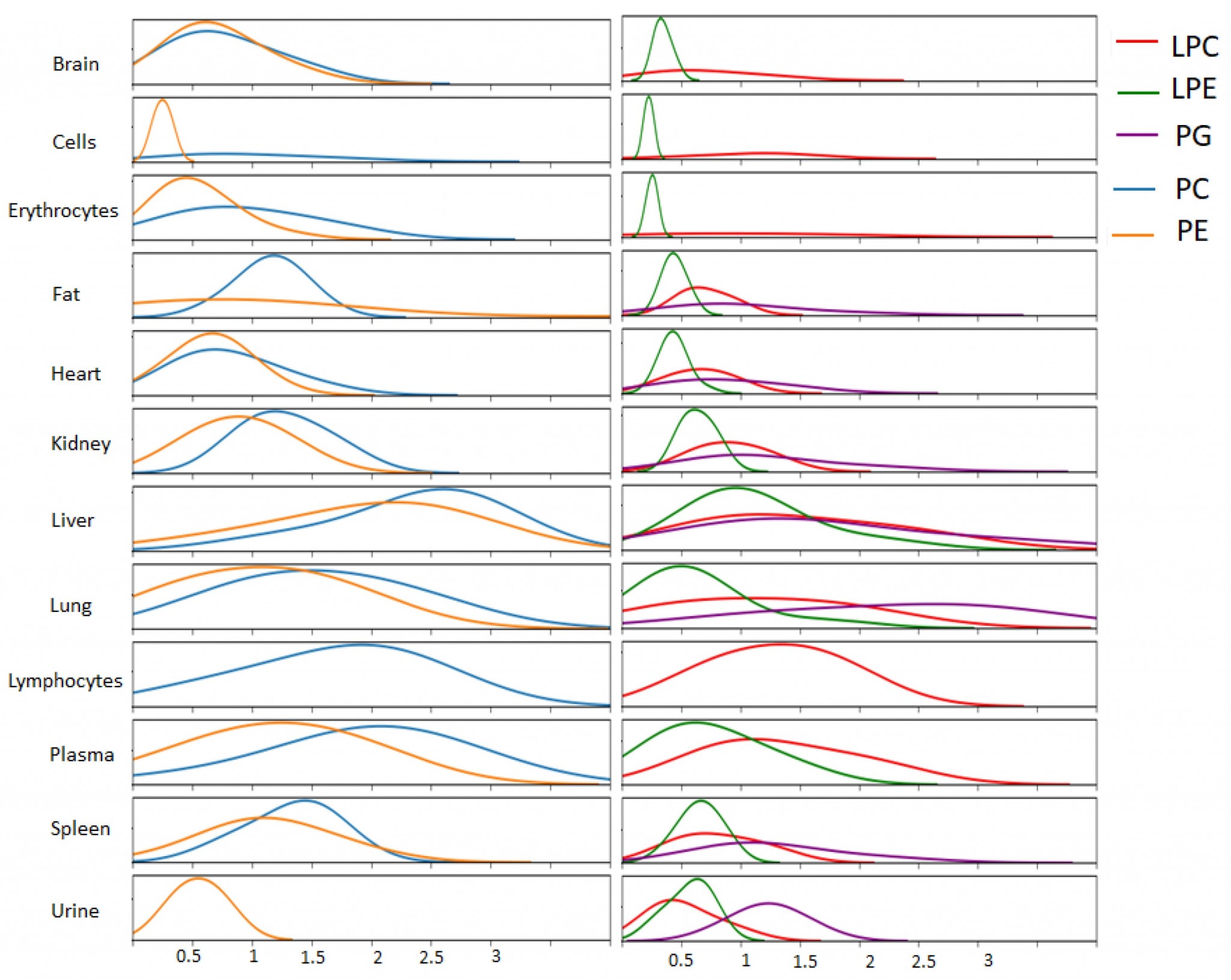Skoltech scientists proved that, along with the level of biochemical substances in the living organism, we can also measure their turnover rate. This analysis will improve the diagnostic and treatment procedures for many diseases associated with metabolic disorders — diabetes, obesity, cardiovascular diseases, non-alcoholic fatty liver disease, and others. The results are presented in the International Journal of Molecular Sciences.
“As of today, a blood test determines how much substance — hemoglobin, cholesterol, etc. — we have in our blood. If the level exceeds a certain indicator, it is a bad sign. But these are statistical characteristics, which do not show why the level is high or low and at which rate these substances are produced and consumed. For example, many people struggle with their weight, exhausting themselves with intensive training sessions, but one small burger after a workout destroys all efforts. This is an example of when the substance is regained as fast as it has been consumed. In our study, we aimed to measure dynamic indicators — how fast metabolism is,” says the leading author, Associate Professor from the Bio Center Yury Kostyukevich.
The authors chose lipids as the object of the study. The metabolic disorder of lipids causes many diseases, while their excessive amount can result in obesity, heart dysfunction or failure, and kidney disorders. According to research, 20-30% of adults worldwide suffer from non-alcoholic fatty liver disease, a chronic condition and a risk factor for the development of type 2 diabetes.
For the experiment, researchers used mice that drank heavy water for 7 days. Unlike simple water, it contains heavy hydrogen — deuterium.
“Previously, such experiments involved substances with radioactive marks. A person took medicine with that mark, and then researchers analyzed where they appeared — in blood, urine, organs, etc. Instead of that, we used stable isotopes. The isotope of hydrogen has a larger mass, which helps identify it through mass-spectrometry,” adds Kostyukevich.
At the next stage, scientists examined where deuterium appeared in the organism of a mouse and in what proportion. The largest level of deuterium uptake in lipids was recorded for plasma, lungs, and liver. For the first time, it was demonstrated for each lipid molecule in particular at which rate and in which organ they synthesize.
“The fastest rate of lipid synthesis is in the liver, which is an expected outcome. For some lipids, we recorded a fast rate in lungs, plasma, and kidneys. In the heart and brain, it is much lower. The key result is that we learnt how to measure individually the metabolic rate in the living organisms,” concludes Kostyukevich and adds that in the future their research team is planning to conduct similar experiments on humans.
Contact information:
Skoltech Communications
+7 (495) 280 14 81

